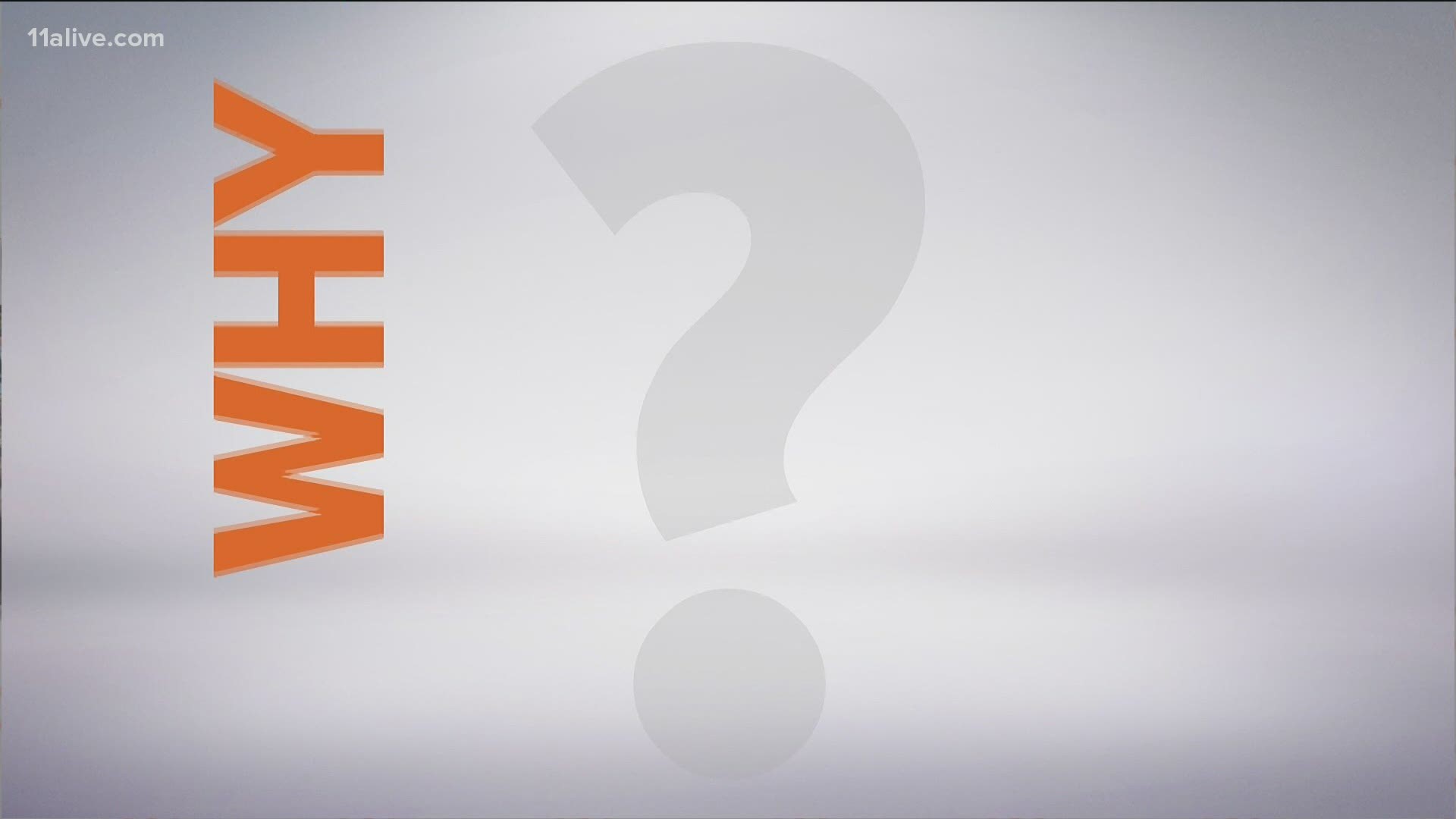ATLANTA — It’s a great time to borrow money as interest rates are at historic lows, something the Federal Reserve has vowed to maintain for the foreseeable future.
Financial experts say it’s an effort to help the economy recover from the worst of the pandemic. There are signs that the recovery is fully underway, with the nation’s unemployment rate dropping.
But leaving interest rates too low for too long can run the country headlong into a period of high inflation. Still, the Fed has committed to keeping interest rates low through the end of next year.
Let’s look at why.
RELATED: Why are home prices so high?
For home buyers, the record low interest rates have been a powerful incentive to spend.
Ray Hill of Emory’s Goizuta Business School says the Fed is focused on the unemployment rate.
“They’ve taken their foot off of the gas too soon in the past,” says Hill. “They don’t want to have interest rates go up until they see the unemployment rate come down more.”
Hill says low interest rates helped the country recover from the Great Recession that began in 2009. The Fed made changes that lifted the rate in 2015.
“But the unemployment rate was still relatively high and there were no signs of inflation, so people said you did that prematurely,” says Hill.
Hill says that has influenced what the Fed is doing this time around. He adds, however, that a lot has changed since then.
Hill believes the recession and the pandemic weakened the link between the Fed’s control of interest rates and the health of the economy.
“A lot of other things have to change in the economy to make the economy grow faster,” says Hill.
For now, the pedal is to the metal as the nation’s economy struggles to heal from a historic time in our history.

